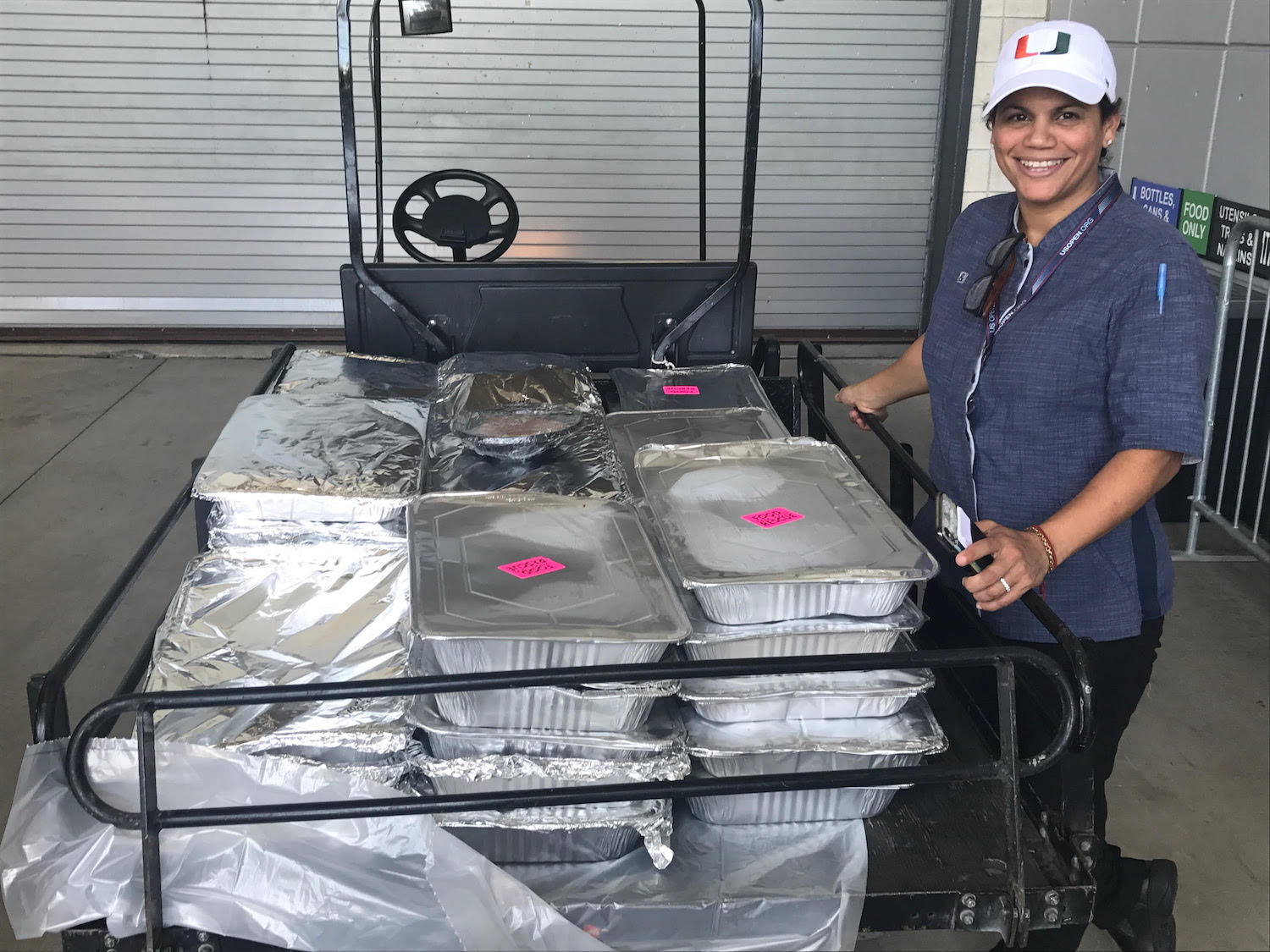Hello dear readers! Welcome to the 2nd part of our final topic for this blog where we talk about one of America’s biggest sporting events, the SuperBowl, which is a championship game of the National Football League (NFL).
.jpg)
source: wonderopolis (n.d.)
As Singaporeans, I am sure that most of us are unfamiliar with the Super Bowl as we are only exposed to international sporting events such as the Olympics and Formula 1, both of which we have talked about in earlier blog posts. To give you an idea of just how major this sporting event is in America, Super Bowl Sunday is “considered an unofficial holiday in the United States. In fact, after Thanksgiving, more food is eaten on Super Bowl Sunday than any other day of the year” (wonderopolis, n.d.). Thus, this shows that not only is Super Bowl an iconic sporting event, it also has the second-highest food consumption day in America after Thanksgiving which is an alarming fact. This brings me to my main point of this post where I will be discussing food waste as a form of environmental pollution generated by the Super Bowl.
In the last post, Eunice discussed the large extents of air pollution and light pollution due to the high amounts of travelling and stadium lights involved in the Super Bowl. However, I would like to argue that food wastage is the biggest form of pollution generated by the Super Bowl. Gibbens (2020) shares a shocking statistic whereby the Super Bowl involves “ten thousand hot dogs, 20,000 pounds of shrimp, 8,000 pounds of short ribs—and that’s only a portion of the food that will be made by the 2,500-strong culinary staff flying into Miami this weekend to prepare snacks for one of the nation’s biggest game days”. This is evident in the picture below where it depicts large amounts of food being transported by a buggy vehicle during a Super Bowl event.

source: Bloch (2020)
After a Super Bowl event is over, tonnes of surplus food usually get dumped and end up in landfills which have an adverse effect on our climate as “when food and other items break down in landfills, they produce methane which has a higher environmental impact than carbon dioxide” (The Optimist Daily, 2020). However, after this year’s Super Bowl in February, the Food Rescue team in America were able to “rescue around 30,000 pounds of uneaten food, enough to feed around 20,000 people and distribute among five shelters in Florida” (The Optimist Daily, 2020). Hence, it is indubitable that the Super Bowl produces extremely high amounts of food wastage which causes environmental pollution as these unconsumed foods are dumped in landfills where they produce harmful greenhouse gases such as methane and carbon dioxide which accelerates global warming.
This issue can also be linked to water wastage as most foods contain high virtual water consumption which refers to embodied water involved in the production of these foods. This is especially applicable in the case of the Super Bowl, since according to ESPN, the uneaten foods collected include high grades of meat that have very high virtual water footprints such as “beef tenderloins, chicken wings, ribs, charcuterie plates, and other varied snacks” (The Optimist Daily, 2020). Hence, there is indeed an urgent need for such a major sporting event such as the Super Bowl to work towards decreasing their production of food wastage and encourage greener forms of food production and consumption for their spectators and participants. We can only hope that with these worrying statistics out to the public, more people can start advocating for a greener and waste-free Super Bowl in the future as climate change becomes a more pressing and publicly acknowledged issue.
I hope you have enjoyed keeping up with our posts thus far! Stay tuned for our conclusion posts coming up in the next few days! Until then, stay green!
Cheers,
Natasha
References
Bloch, S. (2020). The Counter. At the Super Bowl, as much as 40,000 pounds of food could be wasted. [online] Available at: https://thecounter.org/on-super-bowl-sunday-as-much-as-40000-pounds-of-food-will-be-wasted/ [Accessed 9 Nov. 2020].
Gibbens, S. (2020). Can The Super Bowl Go Zero Waste?. [online] Api.nationalgeographic.com. Available at: https://api.nationalgeographic.com/distribution/public/amp/science/2020/01/super-bowl-54-zero-waste-miami [Accessed 9 November 2020]
The Optimist Daily: Making Solutions the News. (2020). How the Super Bowl tackled food waste this year. [online] Available at: https://www.optimistdaily.com/2020/02/how-the-super-bowl-actually-tackled-food-waste/ [Accessed 9 Nov. 2020].
wonderopolis.org. (n.d.). What’s So Super About Super Bowl Sunday? | Wonderopolis. [online] Available at: https://wonderopolis.org/wonder/what-s-so-super-about-super-bowl-sunday#:~:text=The%20Super%20Bowl%20is%20the.
